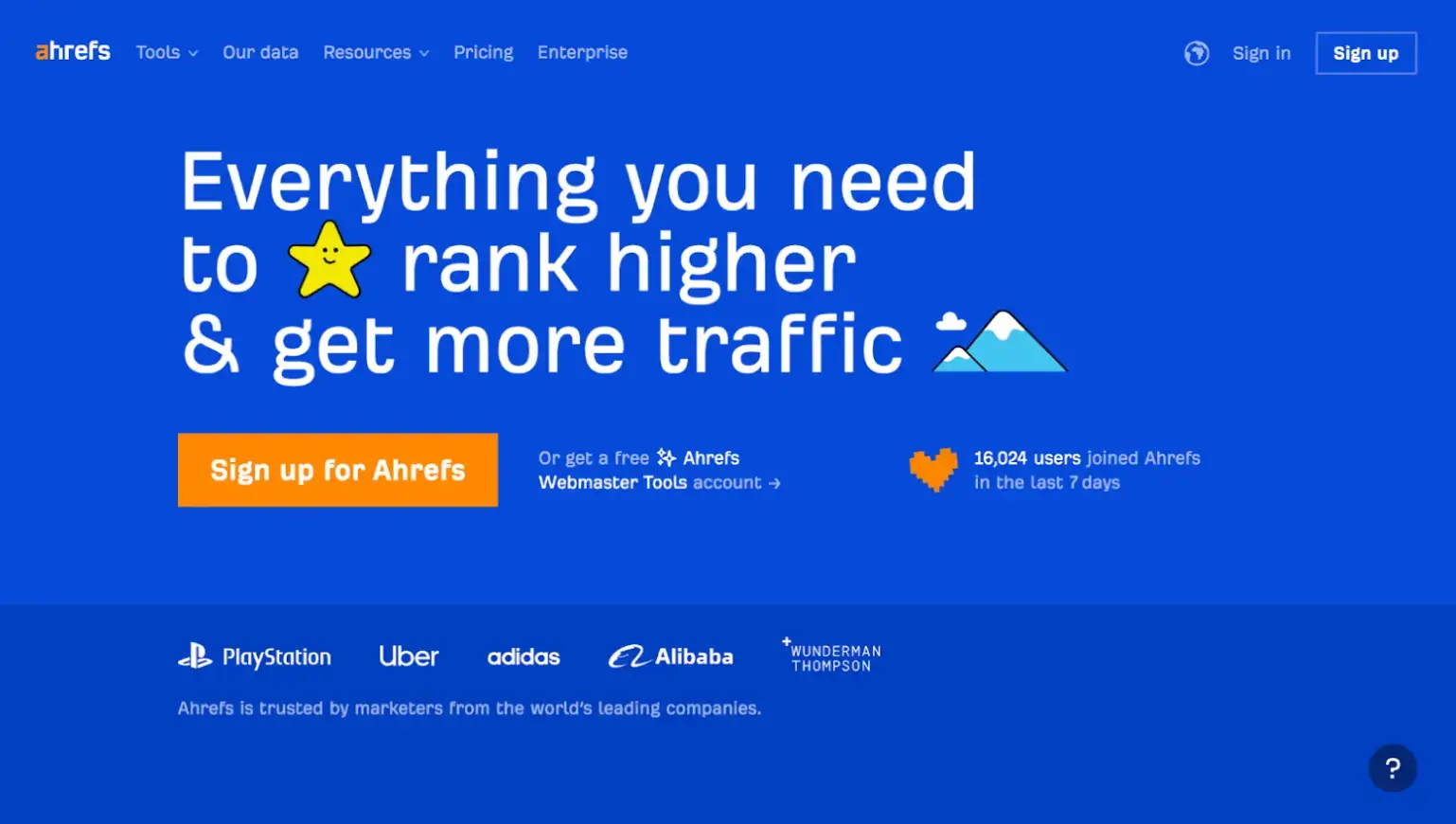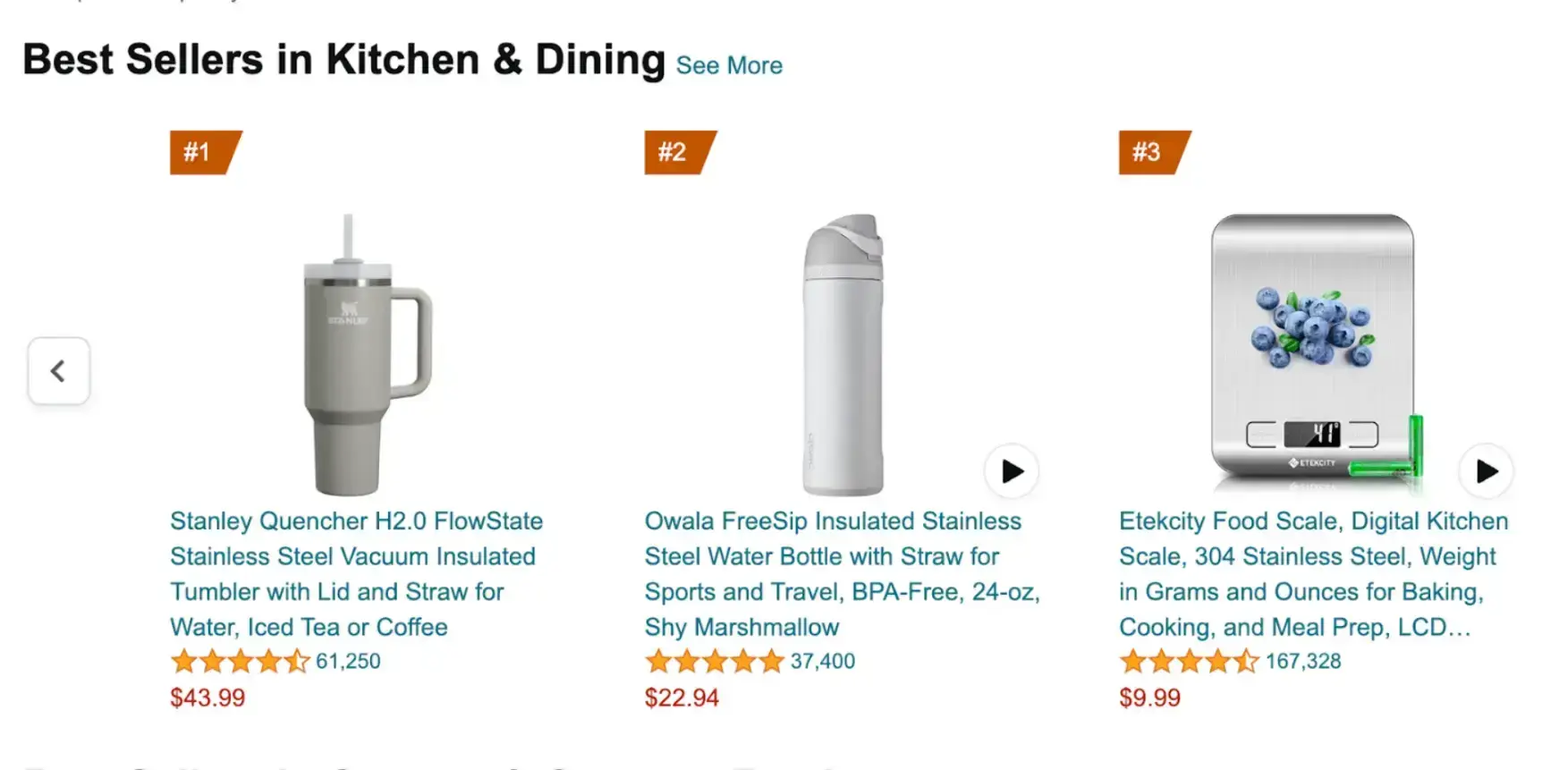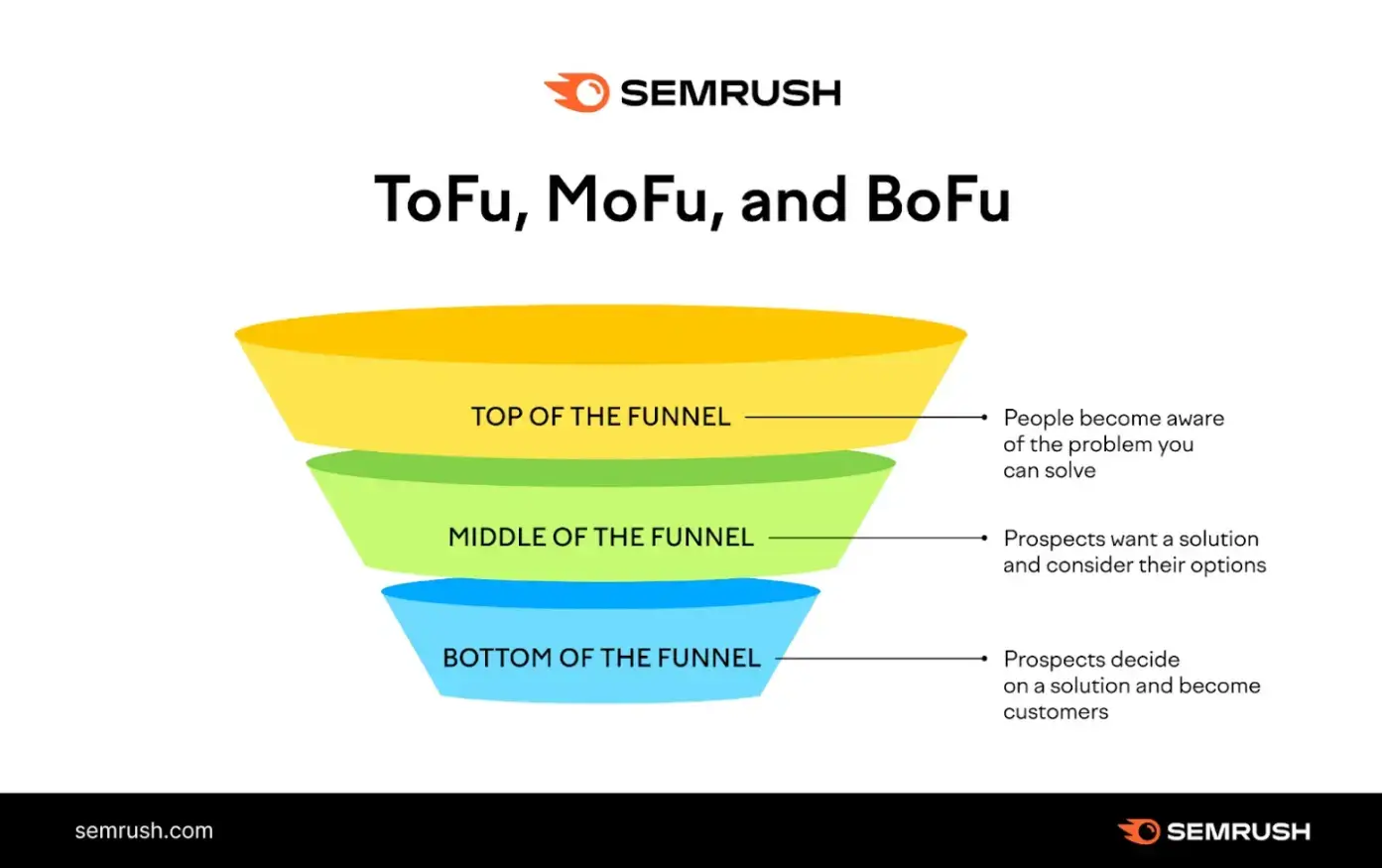20.1% of all retail purchases are expected to occur online in 2024. E-commerce is on a surge, and it has just begun. In an era influenced by minimizing human effort, e-commerce platforms are just what we need.
The comfort of shopping from home with millions of options at your fingertips is an unmatched luxury. It’s predicted that the global revenue for e-commerce platforms will reach 8.1 trillion by the end of 2026.
So, if you are a business owner seeking an e-commerce platform, now is the time.
Stick around as we uncover the mantra behind deploying the near-perfect e-commerce platform to help you boost those numbers. Exponentially!
Find Out Everything You Can About Your Audience

Use various tools, such as social media, website analytics, market research, and online surveys, to gain valuable insights into your customer base. This lets you understand their purchasing patterns, preferences, and pain points.
For instance, consider joining relevant Facebook groups to observe potential customers' questions, concerns, and feature requests, or you can use tools like ahrefs to gain insights about your competitor's audience.
Enhancing your understanding of your target audience allows you to tailor your product design and marketing efforts to better meet their needs.
Create Tons of Content
66% of top enterprise survey participants successfully leveraged content marketing to nurture leads.
Furthermore, about 75% of these respondents stated that content marketing effectively fostered customer loyalty. Additionally, 56% attributed content marketing to sales generation and profit increase.
To capitalize on these advantages, develop high-quality content across your website, email communications, and social media platforms.
Incorporate a blend of informative and promotional content in diverse formats, including blog posts, how-to guides, case studies, press releases, listicles, infographics, videos, images, product demonstrations, podcasts, and cheat sheets.
Take an extra step by harnessing user-generated content (UGC) to enhance engagement. This could involve sharing blog posts, videos, or product images created and shared by satisfied customers.
Test! Test! Test!
Utilize A/B testing to refine your marketing messages by experimenting with different versions of landing pages, headlines, call-to-action (CTA) buttons, and online advertisements.
To optimize an existing product landing page, create alternative versions of elements like product image, description, promotional offer, CTA wording, page layout, and color scheme. Then, develop a second version of the landing page, keeping the original as the control with unchanged elements.
Sequentially test individual variables, such as CTA text or product image, using analytics tools to track traffic, click-through rates (CTR), conversion rates, and other key metrics.
Compare the results with those from the control page to determine the most effective messaging and design elements for enhancing your marketing efforts.
Market at Every Stage of Your Funnel
Customers progress through various stages before making a purchase, collectively known as the marketing funnel, where the number of customers decreases at each subsequent stage.
At the top of the funnel, customers are information-seekers discovering your brand or products. Those at the bottom are poised to make a decision.
Each stage necessitates a distinct approach from marketing and sales. For instance, at the top of the funnel (awareness stage), efforts should concentrate on boosting brand visibility by disseminating informative content that demonstrates product relevance to potential buyers' lives.
In the middle of the funnel (consideration stage), the focus shifts to fostering customer engagement and trust through strategies such as offering product demos, sharing case studies, or hosting educational events like webinars.
Finally, at the bottom of the funnel (conversion stage), the goal is to convert prospects into buyers by providing incentives like special discounts, social proof, promotional emails, or free trials to facilitate the purchasing decision.
Customer Service is King
Companies that enhance customer experience can see a notable increase in sales revenue by 2-7% and a boost in profitability by 1-2%.
To learn effective strategies for boosting sales in e-commerce, one can look to exemplary brands such as Amazon, Best Buy, and Target, renowned for their outstanding customer service.
Amazon achieves customer satisfaction through personalized email campaigns, flexible return policies, and diverse shipping options.
Similarly, Target ensures its staff are well-versed in their products, enabling them to guide customers effectively and create positive interactions.
Implementing high-quality customer service doesn't require reaching the scale of these industry giants.
Businesses can adopt scalable approaches like integrating live chat or chatbots for real-time assistance or establishing a mindful knowledge base to provide comprehensive information about products, services, and store policies.
Encourage Repeat Customers
Repeat business is the most important sales funnel.
One effective approach is establishing a customer loyalty program, offering incentives such as exclusive discounts, bonus points, free shipping, rewards, or early access to new product releases.
Research by McKinsey indicates that customers enrolled in successful loyalty programs tend to spend 15% to 25% more annually when redeeming accumulated points.
Additionally, engaging with customers post-purchase can significantly impact repeat sales, as statistics show that repeat buyers spend 67% more than first-time customers. Moreover, selling to existing customers is more cost-effective, with estimates suggesting it is six to seven times cheaper than acquiring new buyers.
Simple gestures, such as sending a "Thank you" email or providing a discount code for their next purchase, can foster ongoing customer loyalty and drive repeat business.
Showcase Your Best Products

Boosting sales can also involve leveraging marketing strategies to enhance the perceived value of your products.
One effective method is to prominently feature your top-selling items on your website and social media platforms, clearly indicating their popularity.
Similar to how products are labeled as "Best Seller" or "Amazon Best Choice" on Amazon, or when brands announce items as "Finally back in stock" on social media, showcasing your best-selling products helps drive sales by highlighting their desirability.
In the aspect of ecommerce CRO, these strategies can significantly improve conversion rates by making your website more engaging and persuasive to potential buyers.
Moreover, displaying these items can capitalize on the social proof they generate, as they often garner more customer reviews and attention online. This increased buzz contributes to building trust among potential buyers and ultimately inspires more sales.
SEO is Still the Most Important Factor

Learn how to enhance your e-commerce sales through SEO by incorporating relevant search terms, or keywords, into various elements of your website, such as product descriptions, image alt text, page URLs, headings, and copy.
This and other SEO strategies can boost your website's rankings and visibility in search results, leading to increased traffic and clicks.
For example, URLs containing keyword terms have been shown to have 45% higher click-through rates than those without keywords, and longer, more specific keywords tend to generate more clicks.
Additionally, SEO efforts can improve the overall user experience, enhancing engagement and ultimately driving more sales. To assess your website's SEO performance and uncover new strategies for improvement, utilize tools like Semrush.
Simply enter your domain into the tool and initiate the audit process, which will analyze your website's health and provide actionable insights to address any identified issues and optimize your site for better search rankings and user experience.
Ending Note
34% of online shoppers shop at least once a week. Make sure you tap these users.
Always remember it’s important to dissect your business roadmap into small goals. Try to optimize your platform; that should be your first north star. Acquisition, retention, and transaction come next.
Author Bio
Mona is a content marketing specialist with over 4 years of experience who is currently working with SaaSit. She creates engaging and effective content for various SaaS companies and likes researching topics related to B2B and SaaS.
Email ID: Mona@saasit.in




